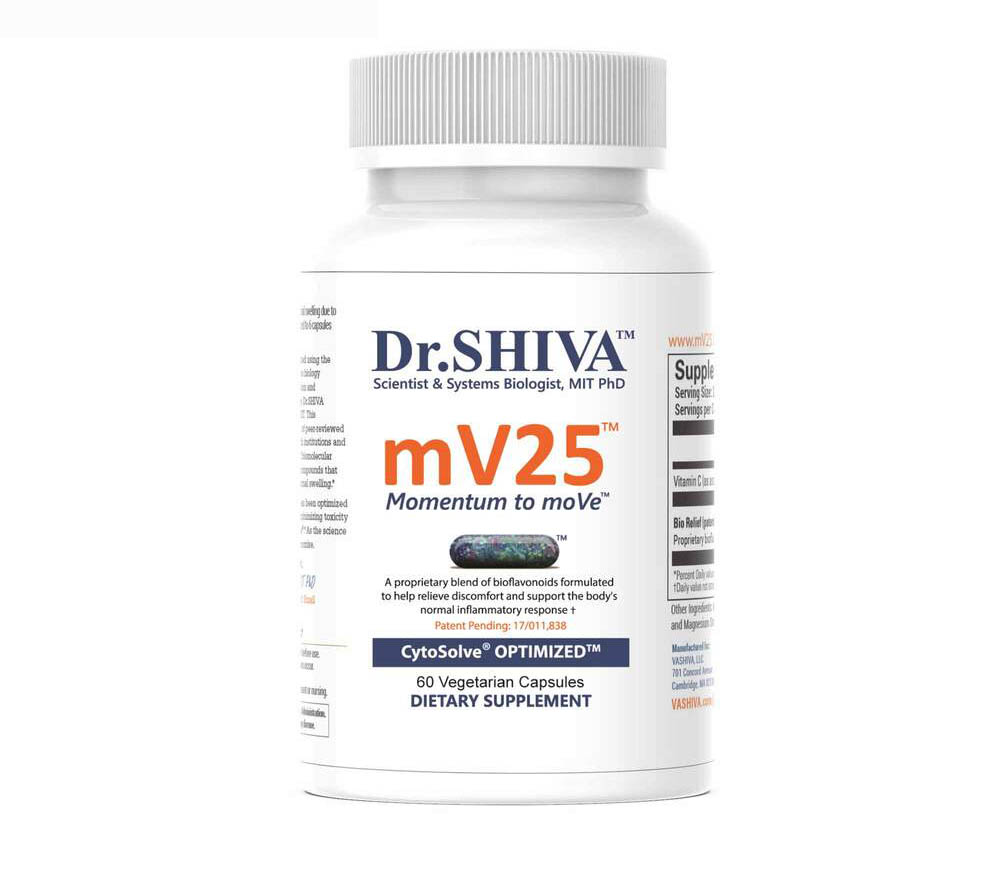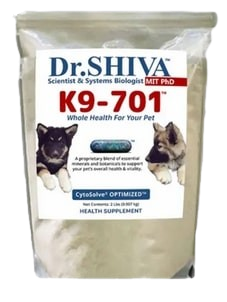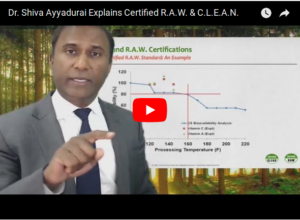Honey New Zealand Case Study: Journey to C.L.E.A.N.® & R.A.W.® Food Certification
Forum Date: August 13, 2024
What was covered in this Forum:
- The significance of C.L.E.A.N.® and R.A.W.® Food Certification and its impact on the global food industry
- Honey New Zealand journey to becoming certified, how it reflects their mission for health and sustainability, and how Honey New Zealand not only meets but exceeds these standards, embodying the essence of raw food
- The science behind the certifications, including the role of CytoSolve® technology in determining the bioavailability and nutritional value of ingredients
Donate to support the advancement of the C.L.E.A.N.® and R.A.W.® Food Certification.
Schedule a meeting to become a local affiliate taking this certification into your community and neighborhood to identify and certify those manufacturers who produce foods to the standards of the C.L.E.A.N.® and R.A.W.® certificates. If you are interested in doing this, setup time to learn how to become an affiliate.

Scheduled Appoinment
Order mV25™a product for joint health created end-to-end by CytoSolve® without animal testing.

Order mV25™
Order K9-701™ is a proprietary blend of essential minerals and botanicals to support your pet’s overall health & vitality.

Order K9-701™
Become a Truth Freedom Health® Warrior-Scholar.

Join Truth Freedom Health® Movement

Registration for Open House/Orientation
About Honey New Zealand
Honey New Zealand is one of the few New Zealand honey companies who has a privately owned and fully integrated model – from hive to home. From the land, bee hives and beekeepers, to the extraction and packing facilities through to exporting, Honey New Zealand owns and manages every step of the process. Thus ensuring the integrity of our New Zealand Manuka Honey.
As a New Zealand company, they are passionate about their country, their bees, their land and their communities.
About C.L.E.A.N.® & R.A.W.® Certification
Starting the early 1990’s, raw food gurus emerged, leading what is now known as the Raw Food Movement. These gurus, with perhaps sincerest intentions, created this movement to foster a more healthy approach to eating food in their natural state. Over the past 20 years, some aspects of this movement became more cult-like and “religious”, moving away from their original intentions to help the consumer, and placing it more on the personality of the gurus themselves. Many new products, educational seminars, conferences etc. resulted from this growing movement. Based on some reports, the raw food movement is nearly a half-billion dollar industry today. As the industry has grown, and new products appeared on the shelf, retailers such as Whole Foods Market have become concerned about the safety of raw food products, and understanding what raw food is. Such concerns and questions reveal an underlying conclusion on not only what is “raw” but also what is “good” and “clean” food. We have been told, far too many times, what kind of food is “bad”. But rarely are we told what is good food. We’re told not to eat too much fat, sugar is bad, stay away from chemicals and pesticides etc., but what is good food? What is clean food? What is raw food? Is there a systematic and scientific way where we can identify what is good food?



